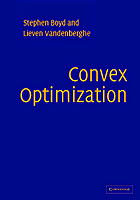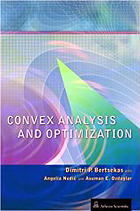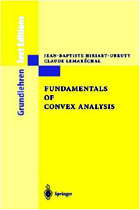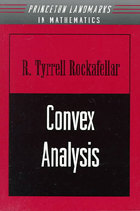 Dual Cones
Dual Cones | Dual Cones |
|
These three concepts, dual cone, generalized inequality, and biorthogonal expansion, are inextricably melded; meaning, it is difficult to completely discuss one without mentioning the others. The dual cone is critical in tests for convergence by contemporary primal/dual methods for numerical solution of conic problems. For unique minimum-distance projection on a closed convex cone K, the negative dual cone plays the role that orthogonal complement plays for subspace projection. Indeed, the dual cone is the algebraic complement. One way to think of a pointed closed convex cone is as a new kind of coordinate system whose basis is generally nonorthogonal; a conic system, very much like the familiar Cartesian system whose analogous cone is the first quadrant or nonnegative orthant. Generalized inequality is a formalized means to determine membership to any pointed closed convex cone, while biorthogonal expansion is simply a formulation for expressing coordinates in a pointed conic coordinate system. When cone K is the nonnegative orthant, then these three concepts come into alignment with the Cartesian prototype; biorthogonal expansion becomes orthogonal expansion. |







